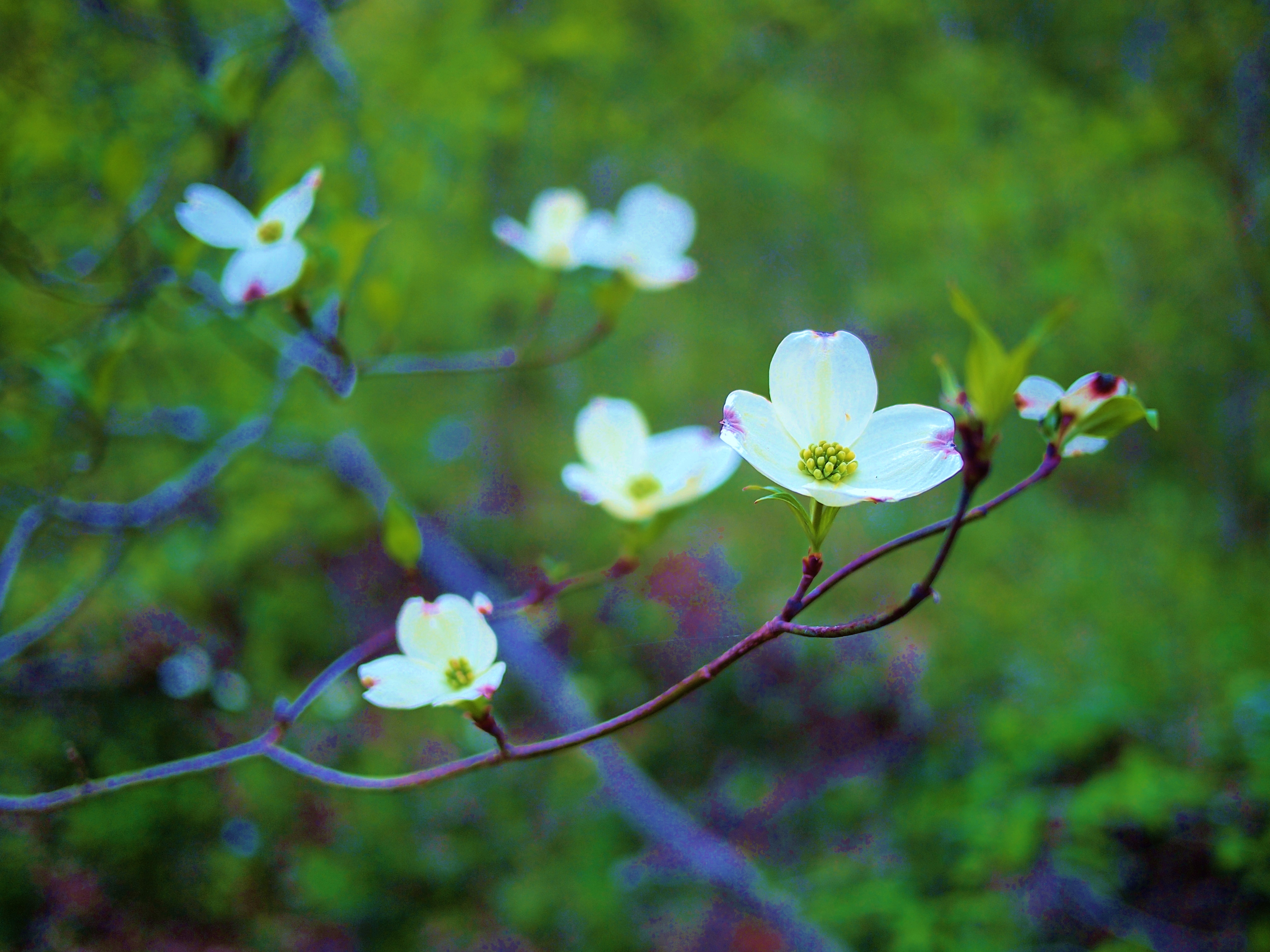U.S. EPA Removes Impairment Designation on the Cuyahoga River after 15 Years
On December 1, 2017, the U.S. EPA removed the “Degradation of Aesthetics” Beneficial Use Impairment (BUI) from the Cuyahoga River after research has shown significant improvements in the river’s aesthetic.
In 1992, the Cuyahoga River Areas of Concern (AOC) Committee identified nine BUIs in the Cuyahoga River that needed addressed. The aesthetics BUI was removed after it was found that the Cuyahoga River is “devoid of any substance in water that produces a persistent objectionable deposit, unnatural color or turbidity, or unnatural odor (e.g., oil slick, surface scum).”[2] Although the removal of the aesthetics BUI is a great victory, there are still eight other BUIs in the Cuyahoga River AOC:[3]
- Restrictions of Fish Consumption
- Degradation of Fish Populations
- Fish Tumors and Other Deformities
- Degradation of Benthos
- Restriction on Dredging Activities
- Eutrophication of Undesirable Algae
- Beach Closings (Recreational use)
- Loss of Fish Habitat
Even with these remaining BUIs, the Cuyahoga River’s health has greatly improved since the 1960’s, when industrial wastes, sewage, and other pollutants led to the river catching on fire thirteen times between 1868 and 1969. In the early to mid-1900s, runoff from the Cuyahoga River into Lake Erie was an orange, rusty-brown color.3
Environmental experts say that several factors have contributed to the river’s improved health, including efforts from federal, state, and local groups. For example, updates to Akron and Cleveland’s stormwater and wastewater systems have played a huge role in improving the Cuyahoga River. Since 1987, the City of Akron has spent more than $390 million on renovating its sewer system and built storage basins to prevent sewer overflows. Similarly, the Northeast Ohio Regional Sewer District and U.S. EPA have spent billions to address water quality issues related to sewage overflows in the region.3
The removal of the Munroe Falls dam in 2006 also contributed greatly to the turnaround in water quality seen today. That part of the Cuyahoga River went from being bacteria filled and stagnant to a clean, free flowing stream that holds nearly nineteen species of fish, including bass, bluegill, perch, minnows, redfin pickerel, and greenside darters. Plans are underway to take down the Gorge dam, an enormous concrete dam in Cuyahoga Falls. Experts say this will open approximately 60 miles of the river, providing even more ecological uplift and promoting kayaking and biking along the river. [4]
A contributing factor to the “Degradation of Aesthetics” BUI is trash and other debris that are dumped into the Cuyahoga River in urban areas such as Akron, Ohio. Local volunteer groups regularly meet to dig trash out of tributaries before it is carried away into the Cuyahoga River. One such group is led by Cascade Locks Park Association and EnviroScience, Inc. Twice per year, volunteers from all walks of life come together—students, families, environmental biologists, professors—to pull trash out of the Little Cuyahoga at the Mustill Store area in Akron. It is not a glamorous volunteer experience, but the volunteers come back each time because of the sense of accomplishment felt after pulling out dozens of bags full of trash. Since 2000, the group has pulled 60 tons of trash out of the river. Leaders of the event have noticed that less trash is accumulating each season since the event started, which may be a sign that the cleanup efforts are working. Anyone interested in joining the effort can email to receive email updates on events.
EnviroScience and Cascade Locks Park Association are extremely grateful to volunteers who faithfully attend every river clean-up event. EnviroScience has performed several significant restoration projects on the Cuyahoga River and its tributaries, while the Cascade Locks Park Association continues to preserve, protect, and promote the industrial, commercial, and cultural heritage of the Cascade Locks Pak along locks 10-16 of the Ohio & Erie Canal.
[1] Ohio EPA, “Cuyahoga River Water Quality Continues to Improve; U.S. EPA Agrees to Remove “Aesthetics” Impairment Designation”, 1 Dec. 2017, http://epa.ohio.gov/News/OnlineNewsRoom/NewsReleases/tabid/6596/articleid/1247/cuyahoga-river-water-quality-continues-to-improve-us-epa-agrees-to-remove-aesthetics-impairment-designation.aspx.
[2] International Joint Commission, “Restoring Beneficial Uses in Areas of Concern”, 25 January 2013, http://www.ijc.org/rel/boards/annex2/buis.htm#table1.
[3] Ohio EPA & Cuyahoga River AOC, http://www.cuyahogaaoc.org/assets/cuyahoga_aoc_removal_of_aesthetics.pdf.
[4] Jeff St. Clair, “Ohio EPA Looks Forward to 50th Anniversary of Cuyahoga River Fire with Detailed Report on Recovery”, 2 Oct. 2017, http://wksu.org/post/ohio-epa-looks-forward-50th-anniversary-cuyahoga-river-fire-detailed-report-recovery#stream/0.


